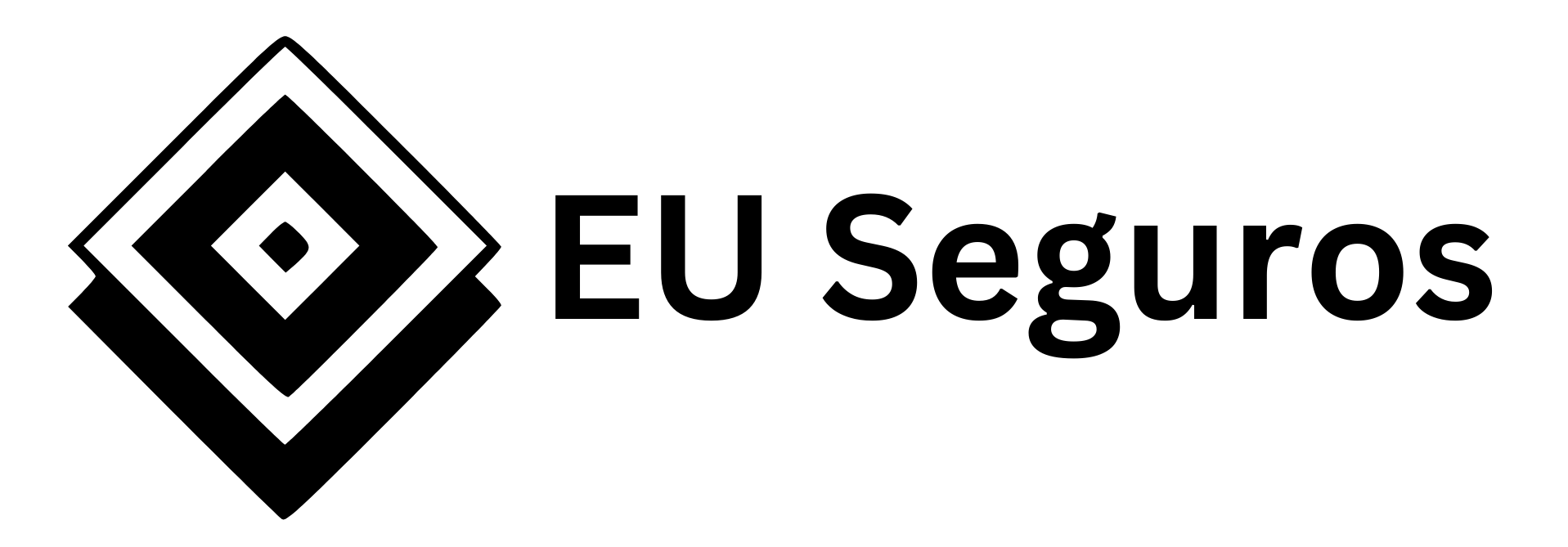What is Comparative Advantage vs Absolute Advantage?
Picking up where we left off in regards to the concept of scarcity, where we don’t have enough time and resources to do everything, so we need to make choices.
Given that each country has different resources, specialization, and edges, alliances are created in order for both to prosper in the most optimal way.
In the last example, we talked about the door-to-door salesman that went about and canvassed the whole industrial complex looking for deals. On the other end of the spectrum was the investment fund that had the capital but didn’t have the deals. So they joined forces in order for the greater good, as everyone wins.
Now, can people from the investment fund cold-canvass the whole neighborhood? Yes.
Can the door-to-door salesperson find other ways of raising capital? Yes.
But the most optimal way is to use their expertise, and current resources in order to complete the deal. Here is where the concepts of comparative advantage and absolute advantage come into play.
Let’s look at the following example:
Comparative Advantage And Trade

Example:
Let’s say that we are looking for the best trade between US and Mexico pertaining Cakes and Cookies.
Absolute Advantage
By looking at the table, the largest numbers are 400 cakes from the US and 1200 Cookies also from the US. So at a first glance it seems that the US wouldn’t benefit from a trade agreement with Mexico.
Here the US has an absolute advantage in teh production of both Cakes and Cookies.
Comparative Advantage
To look at the comparative advantage we have to do some Math so we can assess the opportunity cost. Remember that Comparative advantage is an economy’s ability to produce a particular good or service at a lower opportunity cost than its trading partners.
Let’s test this out then.
Mexico
1 Cookie = 100 / 200 Cakes = 0.5 Cake
1 Cake = 200 / 100 Cookies = 2 Cookies
US
1 Cookie = 400 / 1,200 Cakes = 1/3 Cakes
1 Cake = 1,200 / 400 Cookies = 3 Cookies
So to assess which country has a comparative advantage and in what(Cookies or Cakes), we have to ask the following question:
“Which Country loses less by producing 1 good/service?”
Cookies
In the case of Mexico, in order to produce 1 Cookie, they have to give up the production of 0.5 Cakes vs the US that in order to produce 1 Cookie, they have to give up the production of 0.3 Cakes.
So in case of the production of Cakes, the US has a comparative advantage.
Cakes
In the case of Mexico, in order to produce 1 Cake, they have to give up the production of 2 Cookies vs the US that to in order produce 1 Cake, they have to give up the production of 3 Cookies.
So in the case of the production of Cakes, Mexico has a comparative advantage because the have to give up less than the US.
Trade Agreement
The trade agreement here is 1 cake that is worth between 2-3 cookies.

